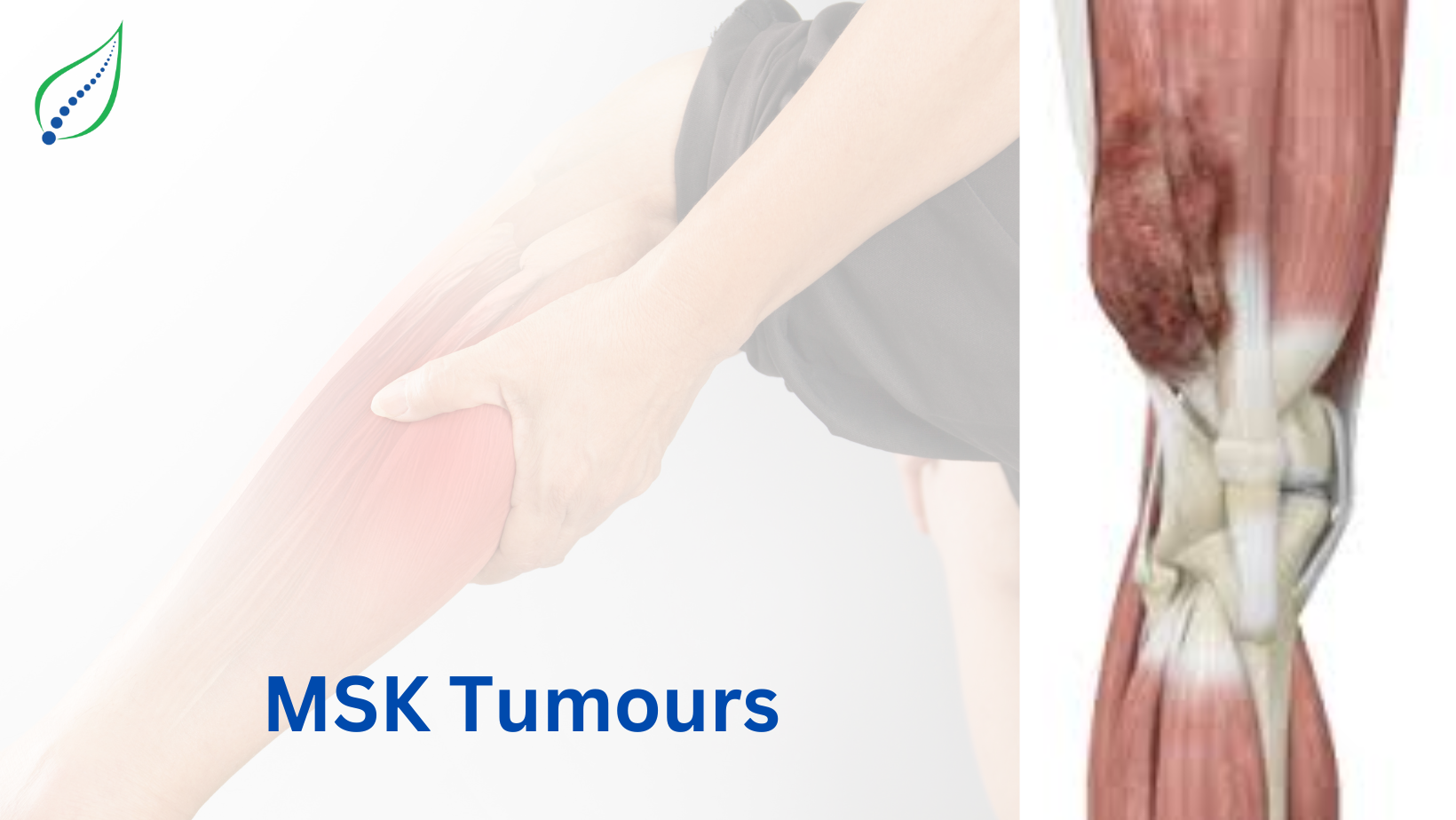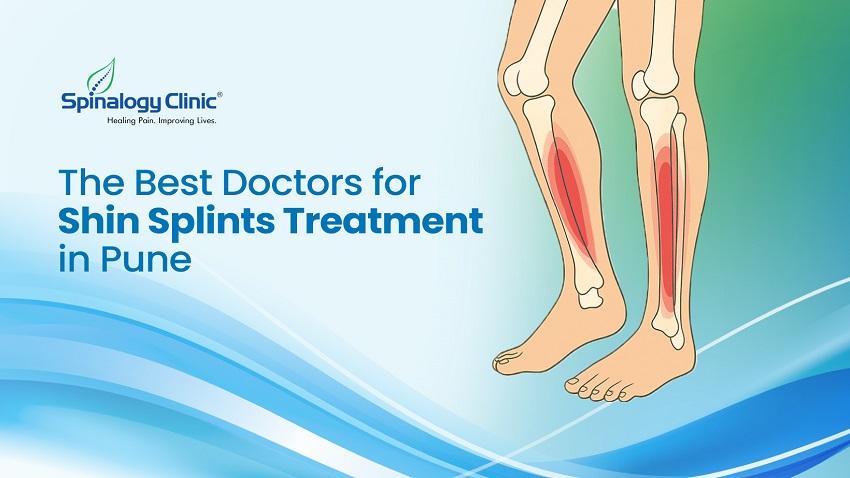MSK Tumors
A tumour is a bulge or lump of tissue that develops as a result of uncontrolled cell division. The cause is mostly unknown for the majority of bone tumors. A growing tumour replaces healthy tissue with abnormal tissue. It weakens the bone, which causes a break / fracture. Aggressive tumours can lead to disability or death, particularly if signs and symptoms are ignored.
Most bone tumours are non-cancerous but some are cancerous. Benign tumours are not life threating. The body is generally affected due to malignant tumours. It happens through blood or lymphatic system.
Musculoskeletal tumors are generally classified into two groups i.e., muscle tumors and bone tumors. There are 4 main types of bone tumors:
- Multiple myeloma, it is the most common type of primary bone cancer, which is also known as bone marrow malignant tumour. Every year, approximately 20 people per million are affected. The majority of cases are seen in patients aged 50 to 70. Any bone can be affected.
- The second most common type of bone cancer is osteosarcoma. Every year, two or three new people per million are born. Most cases occur in teenagers. The majority of tumours form around the knee. Hip and shoulder are two other common locations.
- Ewing's sarcoma is most common between the ages of 5 and 20. The upper and lower leg, pelvis, upper arm, and ribs are the most common locations.
- Chondrosarcoma most commonly affects people aged 40 to 70. The majority of cases occur near the hip.
If you suspect you have a bone tumour, see your doctor right away for a diagnosis and treatment. The detailed information about your general health as well as the type, size, location, and potential extent of spread of the tumour.
There are several symptoms such as:
- The pain in area of tumor.
- Pain is commonly described as dull and achy. It may or may not worsen as a result of activity.
- The pain frequently wakes the patient up at night.
- Injury can cause a tumor-weakened bone to break, resulting in severe pain.
- Fevers and night sweats.
- Many patients will have no symptoms and will only notice a painless mass.
Imaging and tests are followed such as:
- XRAY: On X-ray, different types of tumours have different characteristics. Some dissolve bone or create a hole in it. Some cause extra bone formation. Some can produce a mix of these results.
- MRI and CT: Sometimes it may be difficult to determine the type of tumour involved. Some tumours may necessitate additional imaging studies. These may include MRI (magnetic resonance imaging) or CT (computed tomography).
- Biopsy: If these tests are insufficient to diagnose your tumour, you may need a biopsy. A biopsy is the removal of a sample of tissue from a tumour. A microscope is used to examine the tissue sample. A biopsy can be performed in two ways:
- Needle biopsy: A needle is inserted into the tumour to extract tissue. This can be done in the doctor's office while you are sedated. A radiologist may also perform the procedure, using an X-ray machine, CT or MRI scanner to help direct the needle to the tumour.
- Open biopsy: The doctor performs an open biopsy to remove tissue. This is usually done in an operating room through a small incision while you are under general anaesthesia.
TREATMENT:
- Chemotherapy uses strong anti-cancer drugs, usually delivered through a vein (intravenously), to kill cancer cells. However, this type of treatment works better for some forms of bone cancer than for others. For example, chemotherapy is generally not very effective for chondrosarcoma, but it's an important part of treatment for osteosarcoma and Ewing sarcoma.
- Radiation therapy uses high-powered beams of energy, such as X-rays, to kill cancer cells. During radiation therapy, you lie on a table while a special machine moves around you and aims the energy beams at precise points on your body. Radiation therapy is often used before an operation because it can shrink the tumor and make it easier to remove. This, in turn, can help reduce the likelihood that amputation will be necessary.




